2010 TK7: The First Discovered Earth's Trojan Asteroid
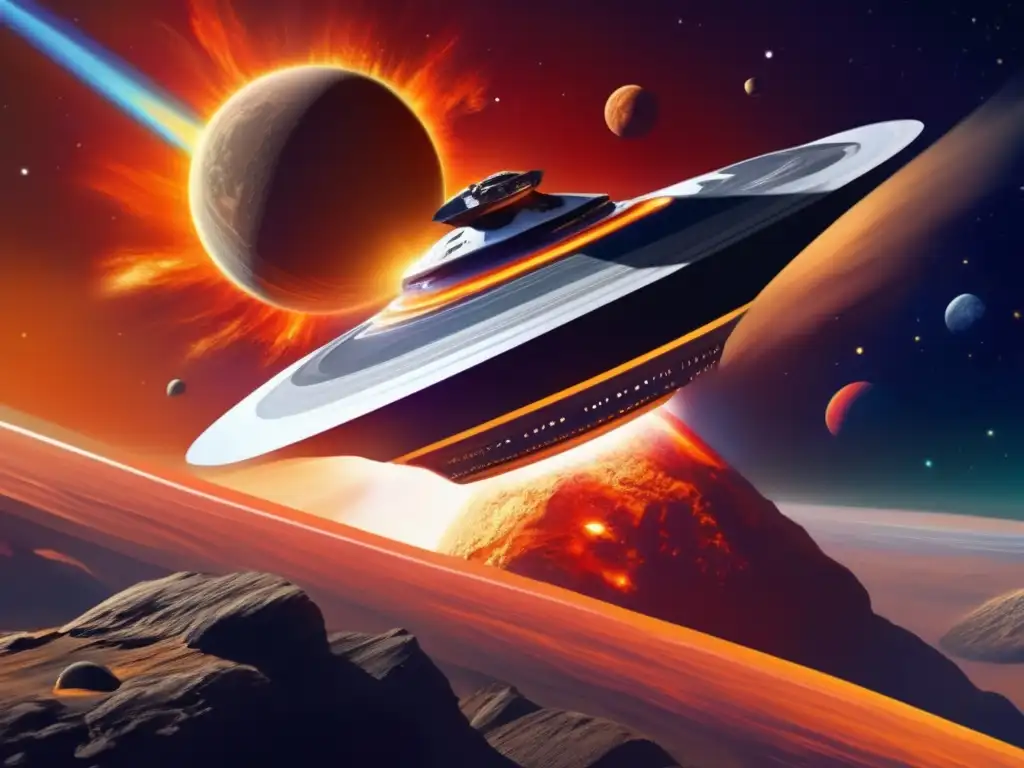
Introduction
In July 2010, NASA’s Wide-field Infrared Survey Explorer (WISE) spacecraft discovered a Trojan asteroid orbiting Earth called 2010 TK7. This discovery was exciting news for the scientific community as it marked the first time an Earth Trojan was found. A Trojan asteroid is an object that shares the same orbital path as a planet while remaining in a stable position relative to the planet. In this article, we will explore the fascinating world of 2010 TK7 and its significance in the study of asteroids.
Discovery of 2010 TK7
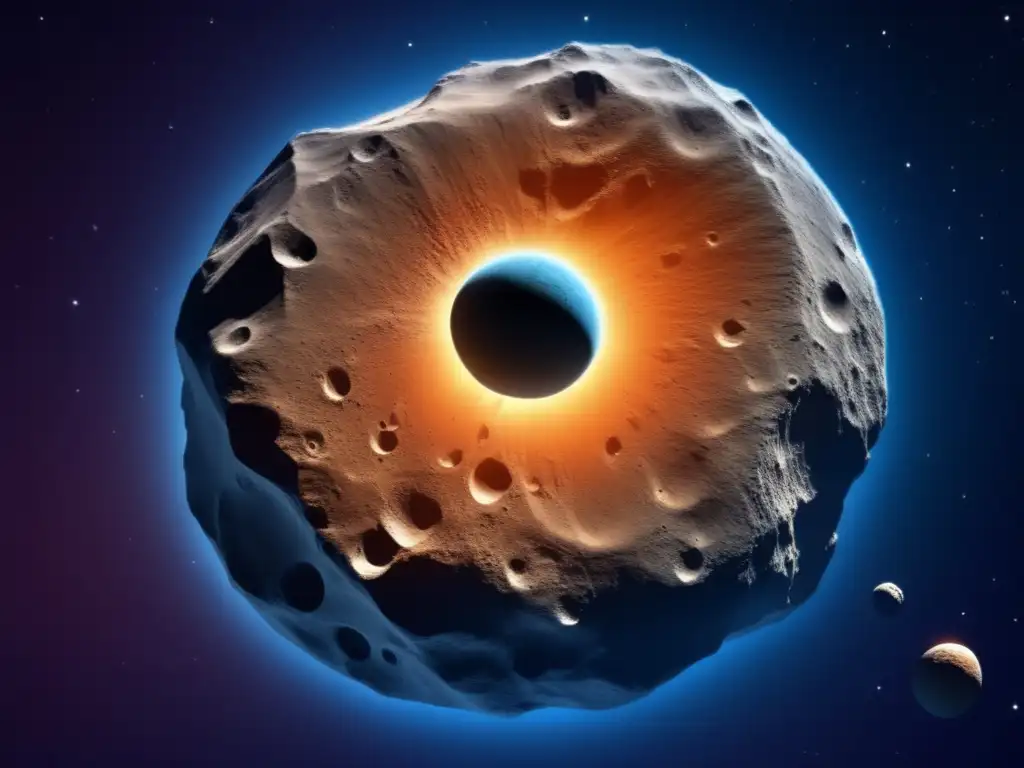
The Role of the WISE Mission
The WISE mission was launched in December 2009 with the purpose of surveying the entire sky in infrared light. It was designed to detect the faint heat signature of objects such as asteroids, brown dwarfs and comets that are difficult to spot using visible light telescopes. During its mission, WISE collected data on over 563 million celestial objects, including 2010 TK7.
2010 TK7 Characteristics
2010 TK7 is approximately 300 meters wide and orbits around the L4 Lagrange point in front of the Earth in its orbit at a distance of about 80 million kilometers. Its orbit is tilted by 20 degrees relative to the plane of Earth's orbit, and it takes about 365 days to complete each orbit. 2010 TK7 belongs to the Jupiter Trojans family, which are asteroids that share the same orbital path as Jupiter.
Significance of 2010 TK7 Discovery
The discovery of 2010 TK7 was significant because it was the first time that astronomers had found an Earth Trojan asteroid. Finding asteroids that share the same orbit as planets is important in understanding the formation and evolution of our solar system. The gravitational stability of Trojans makes them ideal targets for future exploration missions, and they could potentially be used as stepping stones for human missions to Mars.
Trojan Asteroids in Our Solar System
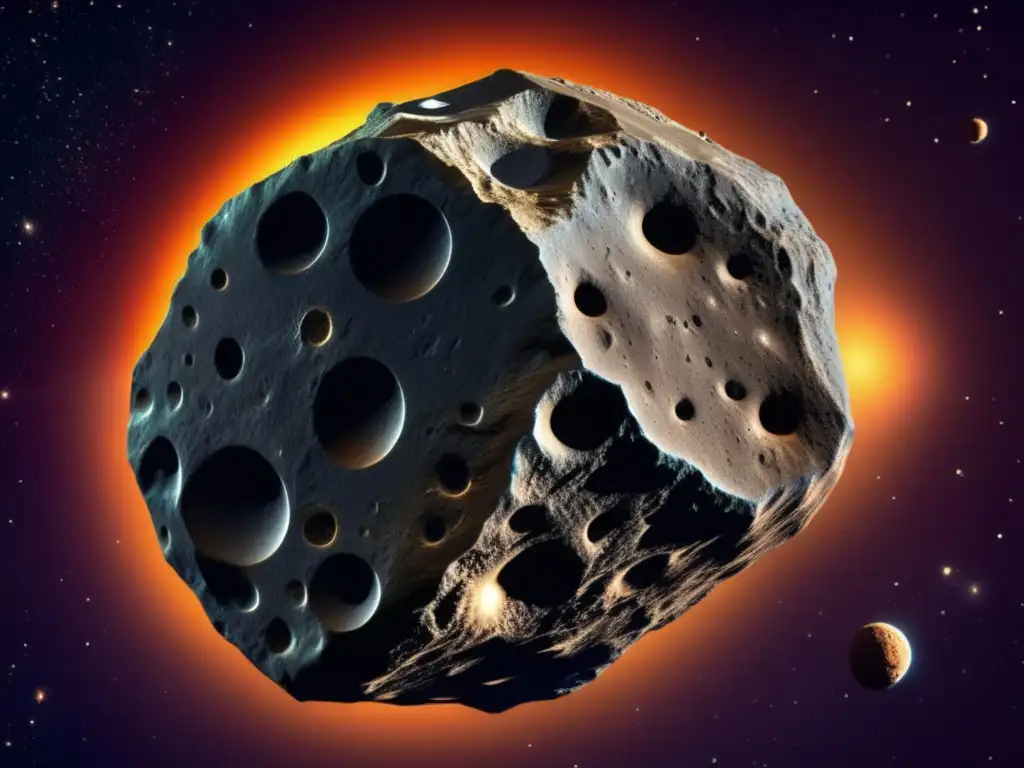
What Are Trojan Asteroids?
Trojan asteroids are asteroids that share the same orbital path as a planet, while remaining in a stable position relative to the planet. There are two Lagrange points associated with a planet's orbit where Trojan asteroids can be found: the L4 point, which leads the planet in its orbit, and the L5 point, which trails behind the planet in its orbit.
Trojan Asteroids in Jupiter's Orbit
Jupiter is known to have thousands of Trojan asteroids in its orbit. These asteroids are named after characters from the Trojan war in Greek mythology. Jupiter's Trojan asteroids are divided into two groups: the Greek camp in the L4 point and the Trojan camp in the L5 point.
Trojan Asteroids in Other Planets' Orbits
Trojan asteroids have also been discovered in the orbits of other planets, including Neptune, Mars and Uranus. The first Trojan asteroid discovered was in the orbit of Mars and was named Eureka. Discovery of Trojan asteroids in other planets' orbits provides valuable insight into the formation and evolution of the solar system.
The Importance of Studying Asteroids
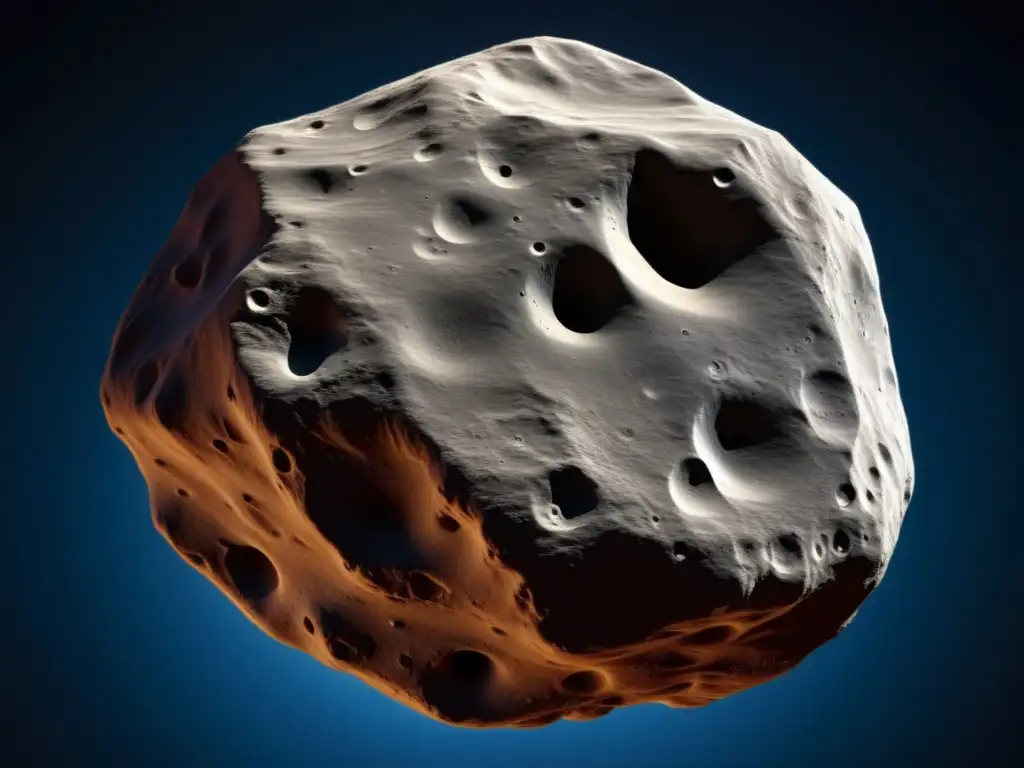
Asteroids' Role in the Formation of the Solar System
Asteroids are remnants of the early solar system and therefore provide important clues about the formation and evolution of our solar system. By studying asteroids, scientists can learn about the processes that were occurring in our solar system billions of years ago.
Threat of Asteroid Impact
Asteroids also pose a potential threat to Earth. If an object more than 1 km in diameter were to impact Earth, it could have devastating consequences. Studying asteroids is therefore important in understanding the potential for asteroid impact and developing strategies to prevent it.
Exploration of Asteroids
Asteroids can provide valuable resources, such as water and metals, for future space missions. Exploring asteroids would enable us to understand their composition and potentially extract resources from them.
Frequently Asked Questions
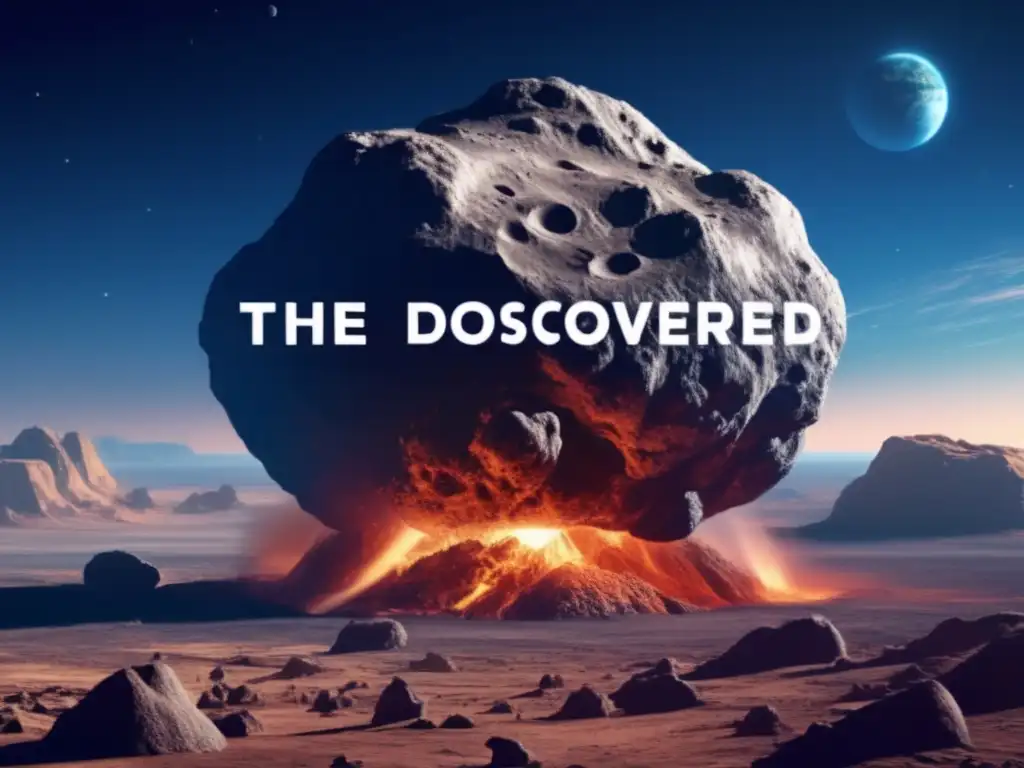
-
What is a Trojan asteroid?
A Trojan asteroid is an asteroid that shares the same orbital path as a planet, while remaining in a stable position relative to the planet.
-
Why was the discovery of 2010 TK7 significant?
The discovery of 2010 TK7 was significant because it was the first time that astronomers had found an Earth Trojan asteroid, providing valuable insight into the formation and evolution of our solar system.
-
Do other planets have Trojan asteroids?
Yes, Trojan asteroids have been discovered in the orbits of other planets, including Jupiter, Neptune, Mars and Uranus.
-
Why is studying asteroids important?
Studying asteroids is important as they provide valuable clues about the formation and evolution of our solar system, pose a potential threat to Earth and offer the potential for resources for future space missions.
-
What can we learn from exploring asteroids?
Exploring asteroids would enable us to understand their composition and potentially extract resources from them.
Conclusion
The discovery of 2010 TK7 was a significant milestone in the study of asteroids. Trojan asteroids play a vital role in understanding the formation and evolution of our solar system, and the discovery of Earth's first Trojan asteroid provides valuable insight into this process. Studying asteroids is also important in understanding the potential threat they pose to Earth and the potential benefits they offer for future space missions. By continuing to explore and study asteroids, we can deepen our understanding of our solar system and our place within it.
If you have any questions or comments about this article, we invite you to share them in the comments section below. Thank you for reading www.asteroidrealm.com, and we encourage you to explore our website further for more information on the fascinating world of asteroids.
Additional Resources
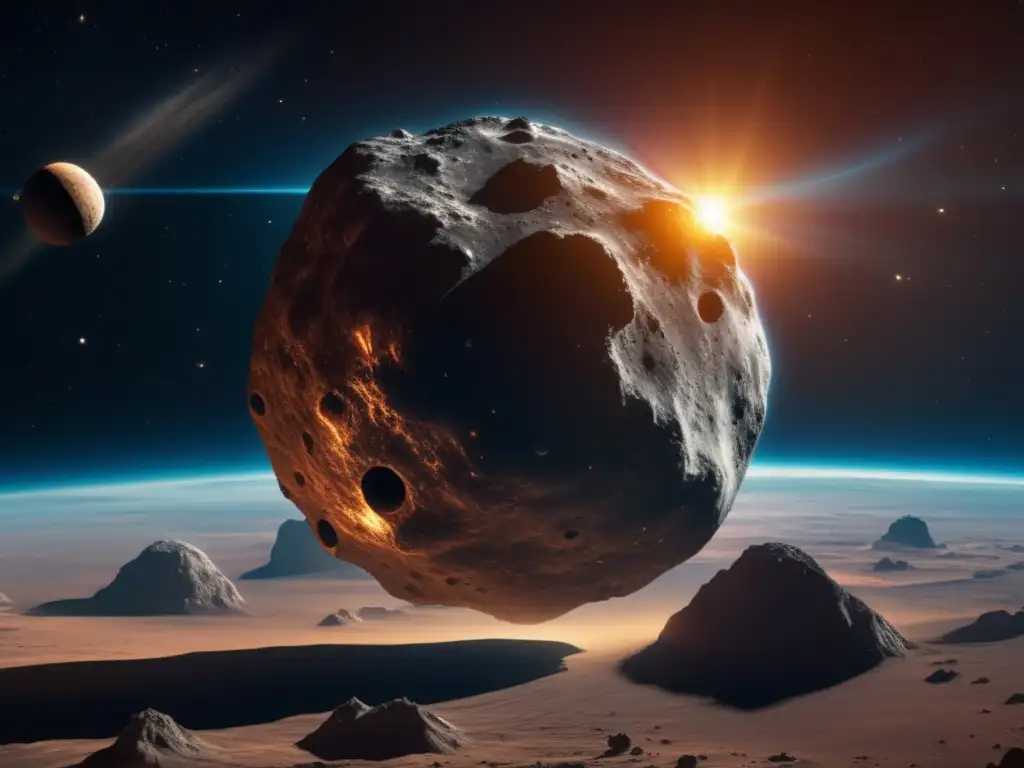
For more information on asteroids and related topics, please visit:
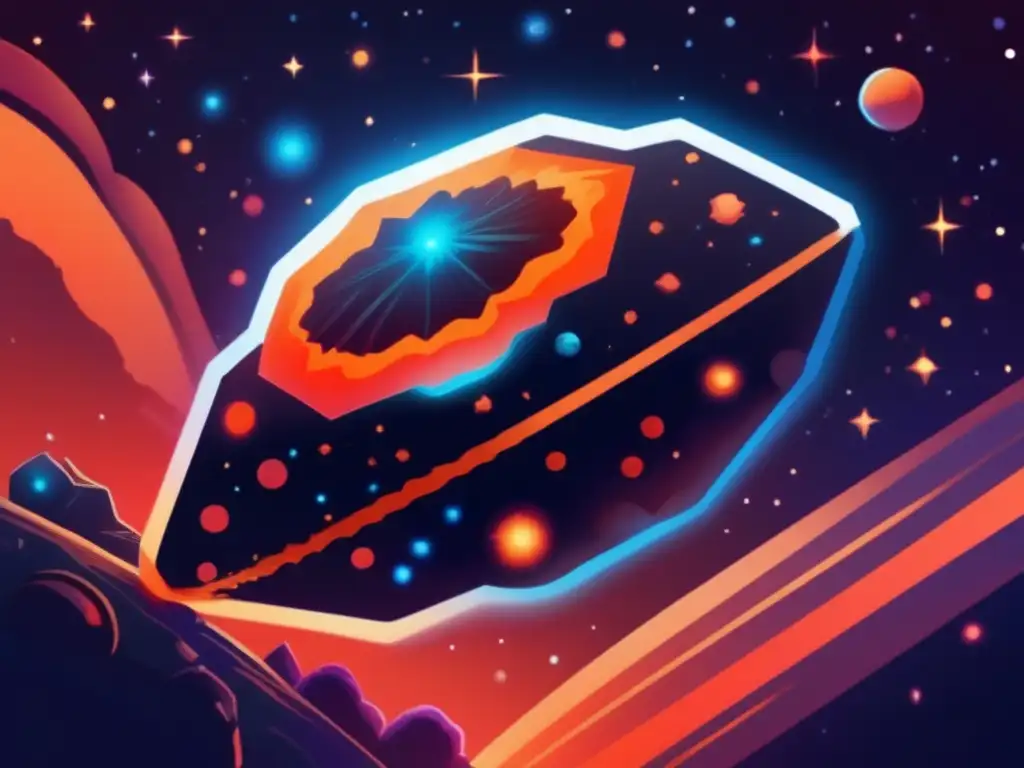 The Forgotten Asteroid: The Tale Of 719 Albert
The Forgotten Asteroid: The Tale Of 719 Albert The Adventures Of 2012 DA14: A Near-Earth Encounter
The Adventures Of 2012 DA14: A Near-Earth Encounter "Chasing The Shadows: The Discovery Of Asteroid Moons"
"Chasing The Shadows: The Discovery Of Asteroid Moons"If you want to discover more articles similar to 2010 TK7: The First Discovered Earth's Trojan Asteroid, you can visit the Asteroid Discoveries category.
Leave a Reply

Articulos relacionados: